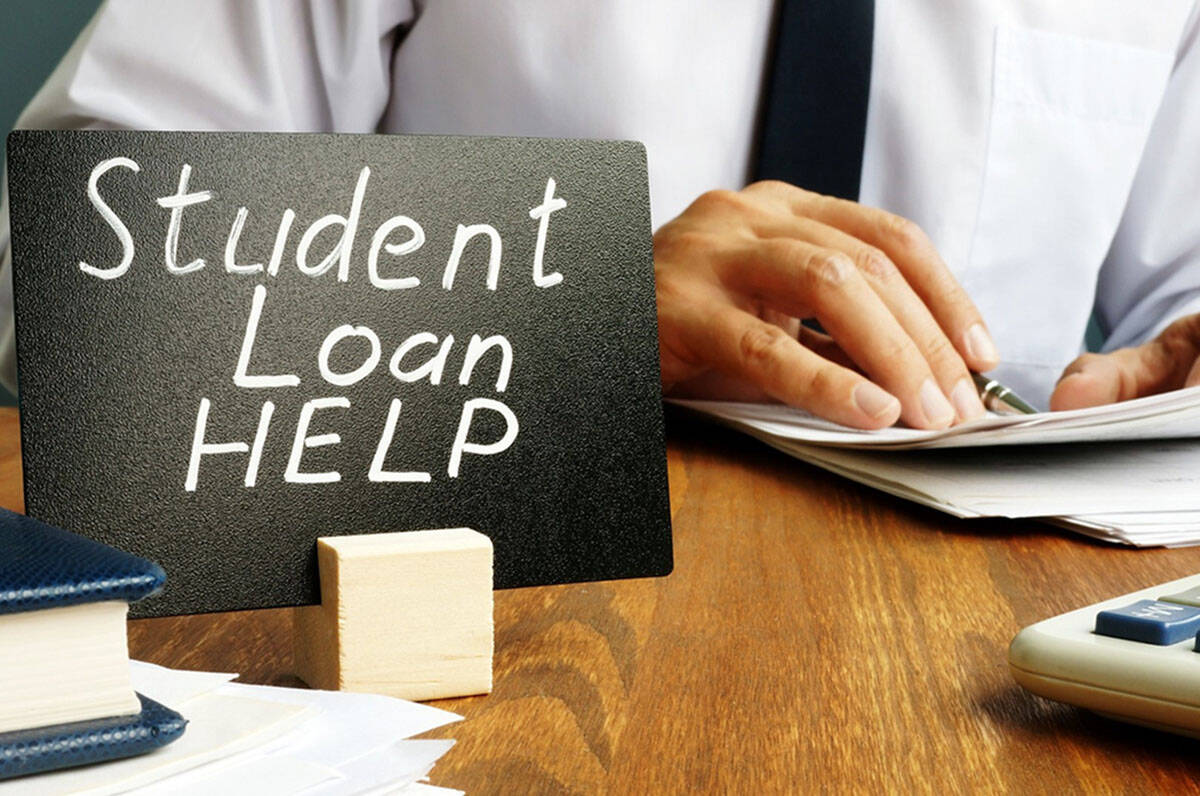Student loan forgiveness: What’s outlook for federal vs. private debt?
Student loan forgiveness: What’s the outlook for federal vs. private debt?
Student organizations, labor unions, groups that represent nurses and teachers, special-interest groups and lobbyists of every imaginable persuasion are chiming in on President Biden’s push to forgive student debt for millions of Americans.
Cash App borrow: How to borrow money on Cash App
Learn: Here’s how much cash you need stashed if a national emergency happens
On April 6, the Department of Education announced that President Biden had extended the pause on student loan repayment, collections and interest until Aug. 31, which gives him less than three months to finalize a plan. The pause — a vital part of the pandemic recovery programs — applied only to federal loans and did not impact private student debt. Will that same standard apply if the president decides to forgive five-figure student loans for millions of borrowers, as it now appears he will?
Probably yes, but there are a whole lot of variables. Let’s explore the potential scenarios.
So, is there a plan?
On April 16, 10 days after the president announced an extension of the repayment pause, Forbes reported on a “bombshell announcement from the White House” that the administration was considering wide-scale student debt cancellation.
If President Biden has decided on a course of action, he’s keeping his cards close to the vest. According to CNBC, he’ll probably run most of the time off the clock and delay his announcement until July or August.
How much debt will borrowers shed?
According to Forbes, President Biden has signaled support for eliminating $10,000 in student debt per borrower. He rejected a proposal from his party’s progressive wing to eliminate $50,000, but that plan might be gaining traction once again.
Live Updates: Inflation, Gas Prices, Social Security and More
According to Forbes, champions of the $50,000 plan argue that forgiving:
— $10,000 would eliminate student debt for 13 million borrowers
— $20,000 would eliminate student debt for 20 million borrowers
— $30,000 would eliminate student debt for 24 million borrowers
— $40,000 would eliminate student debt for 28 million borrowers
— $50,000 would eliminate student debt for 30 million borrowers
According to The Hill, the president has already canceled $25 billion in student debt, mostly for federal student loan recipients defrauded by their schools, borrowers with disabilities, and borrowers who qualified for the Public Service Loan Forgiveness program (PSLF).
Biden has a lot to consider
As with everything today, the topic of student loan forgiveness is politically charged and polarizing — but national consensus and political will aren’t the only things President Biden has to weigh when making a decision. According to Bloomberg, the president’s plan has to consider:
Whether the plan he pursues can stand up to the legal challenges that are sure to come
If federal budgets will be able to endure the financial cost of widespread loan forgiveness
Whether his actions will add more fuel to the rate of inflation
Will the plan exclude higher earners and private loans?
According to Bloomberg, Biden will design the plan to help low- and middle-income borrowers. It will, therefore, most likely exclude anyone earning $125,000 a year or more. There’s also the question of whether or not to include loans borrowed for graduate school.
However, in terms of limitations and exclusions, one thing is certain — the plan is almost sure to forgive only publicly funded federal student loans and exclude borrowers who took out private loans from banks and other commercial lenders. According to Forbes, the Higher Education Act, which Biden is drawing on for the legal authority to forgive federal loans, does not grant the executive branch the authority to waive private debt.
There is no way to convert private student loans into federal student loans, so any cancelation of private debt would require Congressional legislation.
According to Newsweek, however, only a small portion of America’s student debt — about 8% — is owed through private student loans. That’s about $133 billion in private debt compared to $1.6 trillion in federal student debt.
More From GOBankingRates
10 best countries to live on just a Social Security Check
Stimulus updates to know for summer 2022
Take these 5 key steps today to retire a millionaire
This article originally appeared on GOBankingRates.com: Student loan forgiveness: What’s the outlook for federal vs. private debt?

















